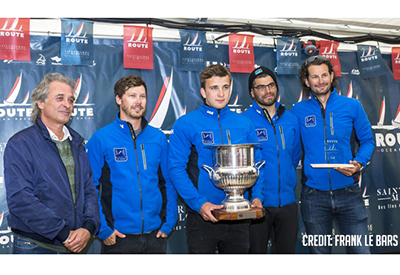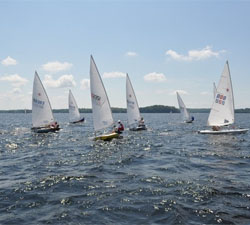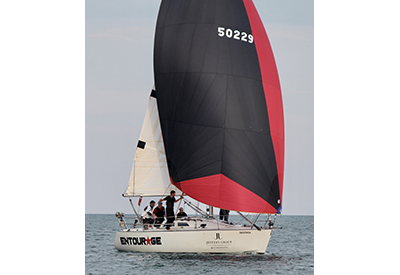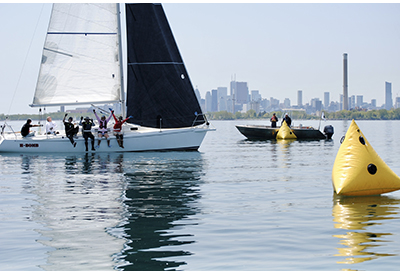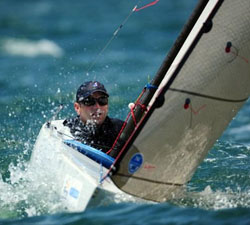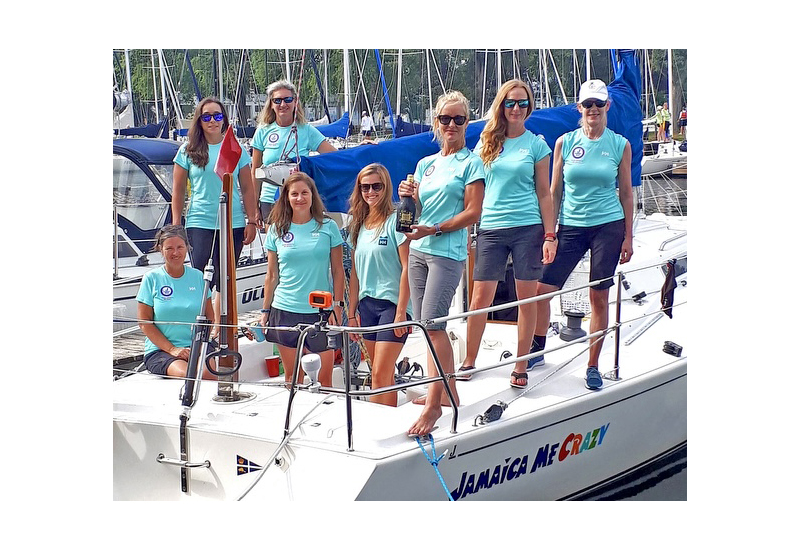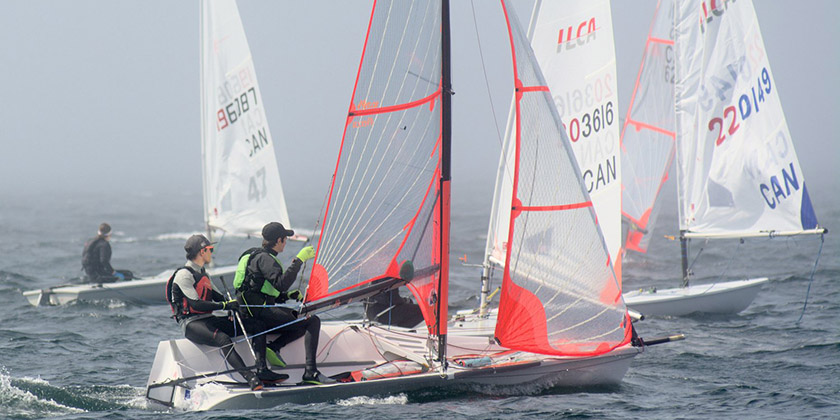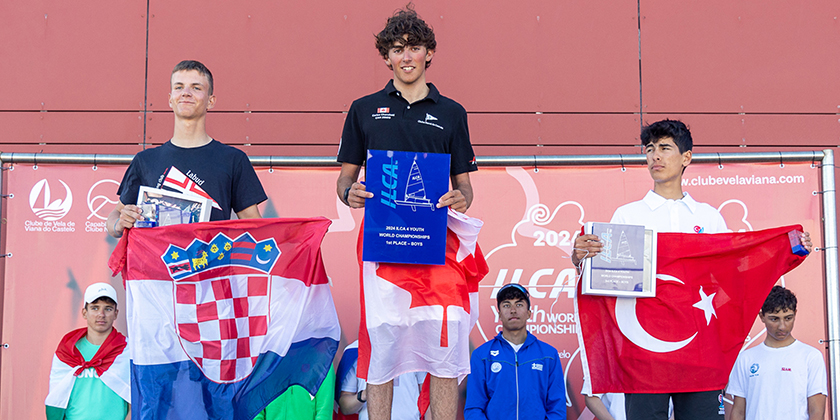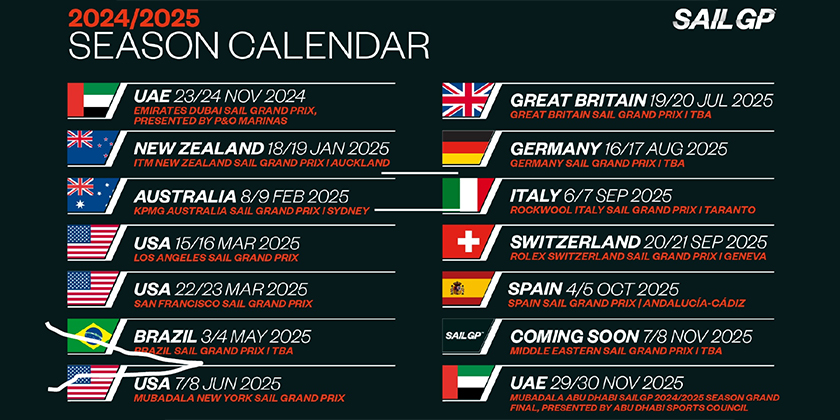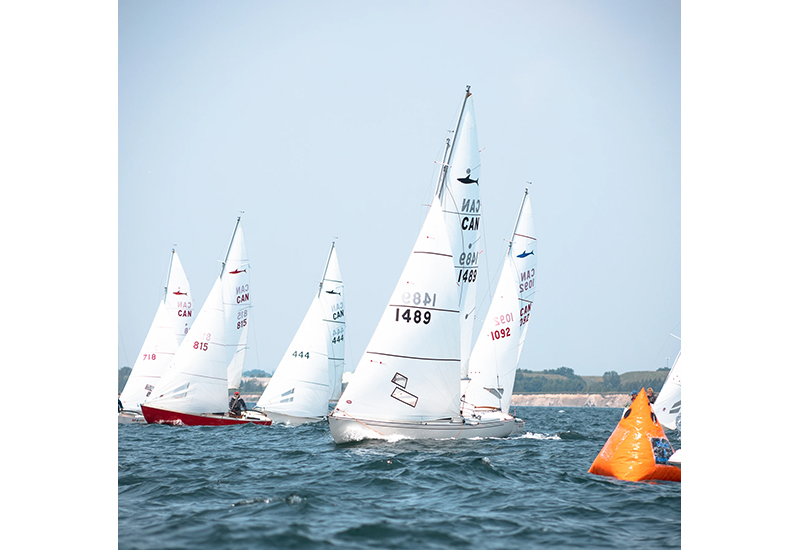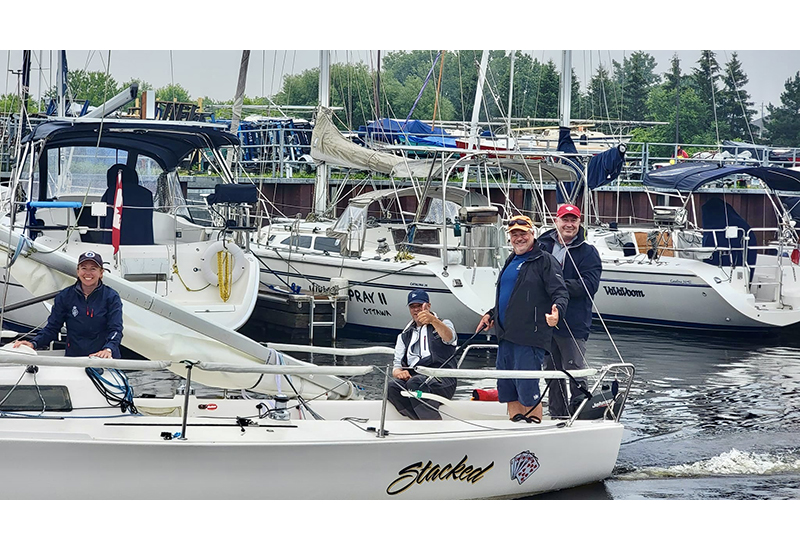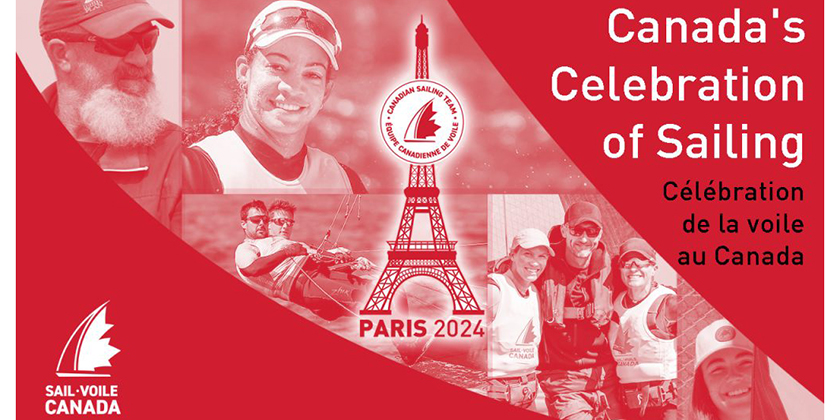Virtual Racing: Lake Ontario 300 on Sailonline
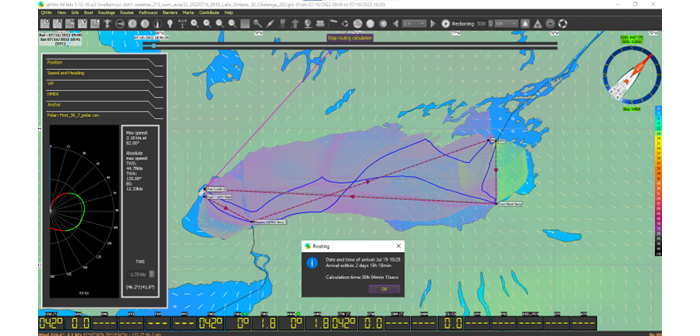
August 3, 2022
For those of you not familiar with virtual racing it is said to be as close as you can get to the real thing without getting wet, and in the case of the Susan Hood, cold! The popularity of virtual racing increased significantly during the Covid-19 epidemic and has continued. LOOR, after observing the partnering of the Newport Bermuda Race with SOL, when that bi-annual Race was cancelled in 2020 due to Covid-19, decided to follow their lead and partner with SOL.
For the 2nd year Lake Ontario Offshore Racing (LOOR) partnering with Sailonline (SOL) enabled sailors to virtually race both the Susan Hood and the Lake Ontario 300, simultaneously with the on-the-water boats, and in the same changing NOAA-nam-awip weather downloaded to SOL every 6 hours.
This month’s virtual race
The 2022 Lake Ontario 300 saw 63 boats racing on-the-water in their various divisions, which included 5 Beneteau 36.7’s, and 70 international sailors one-design racing virtually on SOL using the Polar of a Beneteau 36.7.
SOL, which is a two-dimensional FREE nav-sim platform run by volunteers, opened the virtual Lake Ontario 300 for practice racing several days before the start of the Race to enable sailors, who would actually be participating in the on-the-water race, as well as their crew and friends to try out the course. The international SOlers take advantage of this opportunity to practice sailing the course in Lake Ontario weather which they learned last year can be tricky and challenging due to localized weather conditions. If you have raced the 300 you will understand why international sailors describe racing on Lake Ontario as Snakes Chutes and Ladders!
The 2022 Lake Ontario virtual race was won by Vida_Maldita of Brazil, followed by Satori of Canada and Pit8008 of USA who all use the FREE French routing software platform QtVLM which they acknowledge contributes significantly to their virtual racing results. They will tell you that in this day and age you are unlikely to rank highly in long-distance racing if you are not using routing software. All three of them are ranked in the Top 10 of SOL. Notwithstanding, there are a good number of SOLers who enjoy the challenge of being at the helm without the use of routing software, or what SOLers call SOTP’s sailing!
John Gambles of the Royal Canadian Yacht Club, who races Satori, shared with us some salient points from Satori’s Report on the Race which is posted to SOL’s Home Page https://www.sailonline.org/ . Hopefully, this will give you a sense of virtual long-distance racing and the Lake Ontario 300.
The Lake Ontario 300 starts off the Port Credit Yacht Club, south to the Fogh LSYC Mark and Niagara Lighted Buoy, north-east to marks M9 and MM2 near Main Duck Island, south to the Ford Shoal Buoy just west of Oswego and back to Port Credit, a diagonal circumnavigation of the Lake.
Prior to the Race, John did a routing for Satori which showed that it was going to be a slow race with a duration after QtVLM route optimization of 2d 18h 54m with an average boat speed of 4.4 knots.
Here is a QtVLM screen print of his pre-race routing showing the rhumbline course in burgundy and Satori’s predicted course in blue.
Here is a SOL screen print, with the weather removed for clarity, showing Satori’s actual completed course in red compared to Vida_Maldita’s winning course in lighter burgundy.
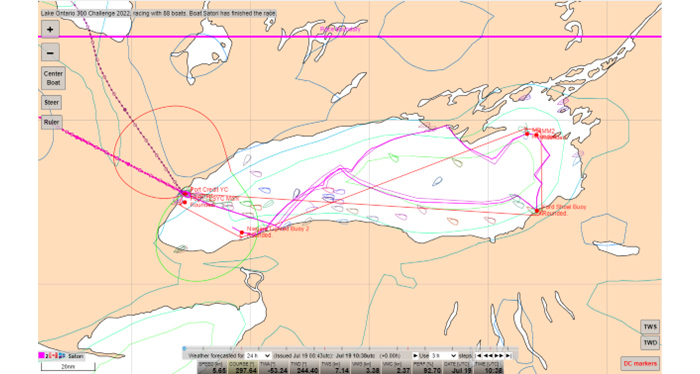
Legs 1 and 2 – Here is a SOL screen print of Satori’s confirmed rounding of the Fogh LSYC Mark. John tells us that he predicted that the course chosen to the Niagara Lighted Buoy 2 in the prevailing south-east winds, immediately after rounding of the Fogh LSYC Mark, was likely to be important in the final placement. Since it might be perceived as being counter-intuitive it was likely to split the fleet and that is exactly what happened. Only 11 boats tacked north-east which included the usual suspects ranked highly in SOL and using QtVLM routing software. Satori stayed on this tack for 40 minutes before tacking to the Niagara Lighted Buoy 2. [The blue circles on Satori’s predicted course indicate a Delayed Command has been posted to SOL Command Centre based on the QtVLM routing using the current downloaded weather which you see here. The other 2 projected lines represent COG and TWA.]
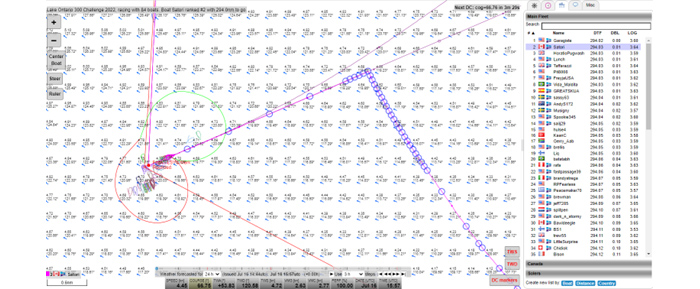
Leg 3 – Here is a QtVLM screen print of Satori’s 1st routing to the M9 Mark after rounding Niagara.
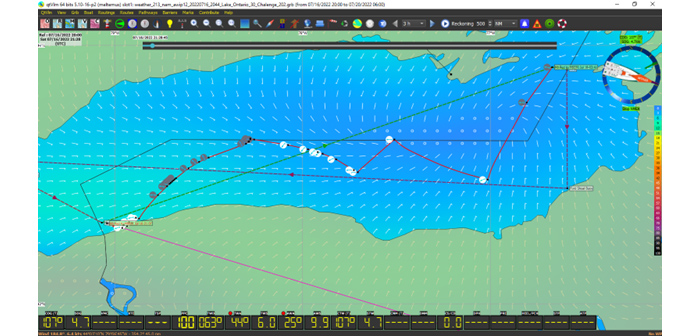
After rounding the Niagara Buoy Satori was faced with head winds that required 11 tacks along the south shore before heading north-east to the M9 and MM2 marks at Main Duck Island.
The next 3 WX’s (6 hour weather downloads) significantly altered the diagonal course across the Lake in south south-east winds causing Satori to skim the south-west shore line of Prince Edward County. You can see the “chutes and ladders” course behind Satori resulting from the wind veering from E to SW to N to SSE to SE to E to SSE as Satori crossed the Lake. There was certainly a good deal of manual intervention with John at the helm of Satori. This is why you want to practice in order to experience the every changing localized conditions.
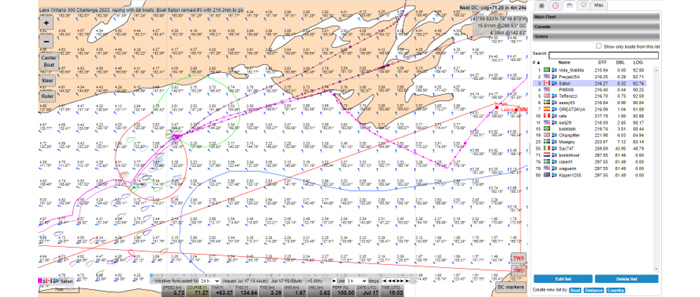
If you look back at the SOL earlier screen print of Satori’s course you can see the gybes in the north north-east winds to the Ford Shoal Buoy and then the course to the Port Credit Finish Line, first up to the middle of the Lake and then down to the south shore and another series of tacks along the shore-line. Wasn’t the wind blowing in the opposite direction when we were last here? The course to Port Credit from the south shore was influenced by counter-clockwise winds circling around a “blue goo” windless hole just north-west of the Niagara River Valley influence.
Satori stuck to her QtVLM routed course to the favoured Port end of the Finish Line with a windward advantage over the close competition, which kept Pit8008 at bay.
Satori finished 2nd in 2d 19h 55m 36s just 4m 57s behind Vita_Maldita of Brazil and 1m and 58s ahead of Pit8008 of the USA. This is serious close racing among experienced collaborative long-distance racers IRL. John tells us that he was at Satori’s virtual nav table with the alarm set for the next WX, power naps and no change of clothing, just like can happen in intense IRL racing!!
John says that you should give virtual long-distance racing a try and risk becoming addicted! He predicts that in the process the improvement in your navigational and tactical skills will make it worthwhile. He hopes to see you and your virtual boat on SOL.

